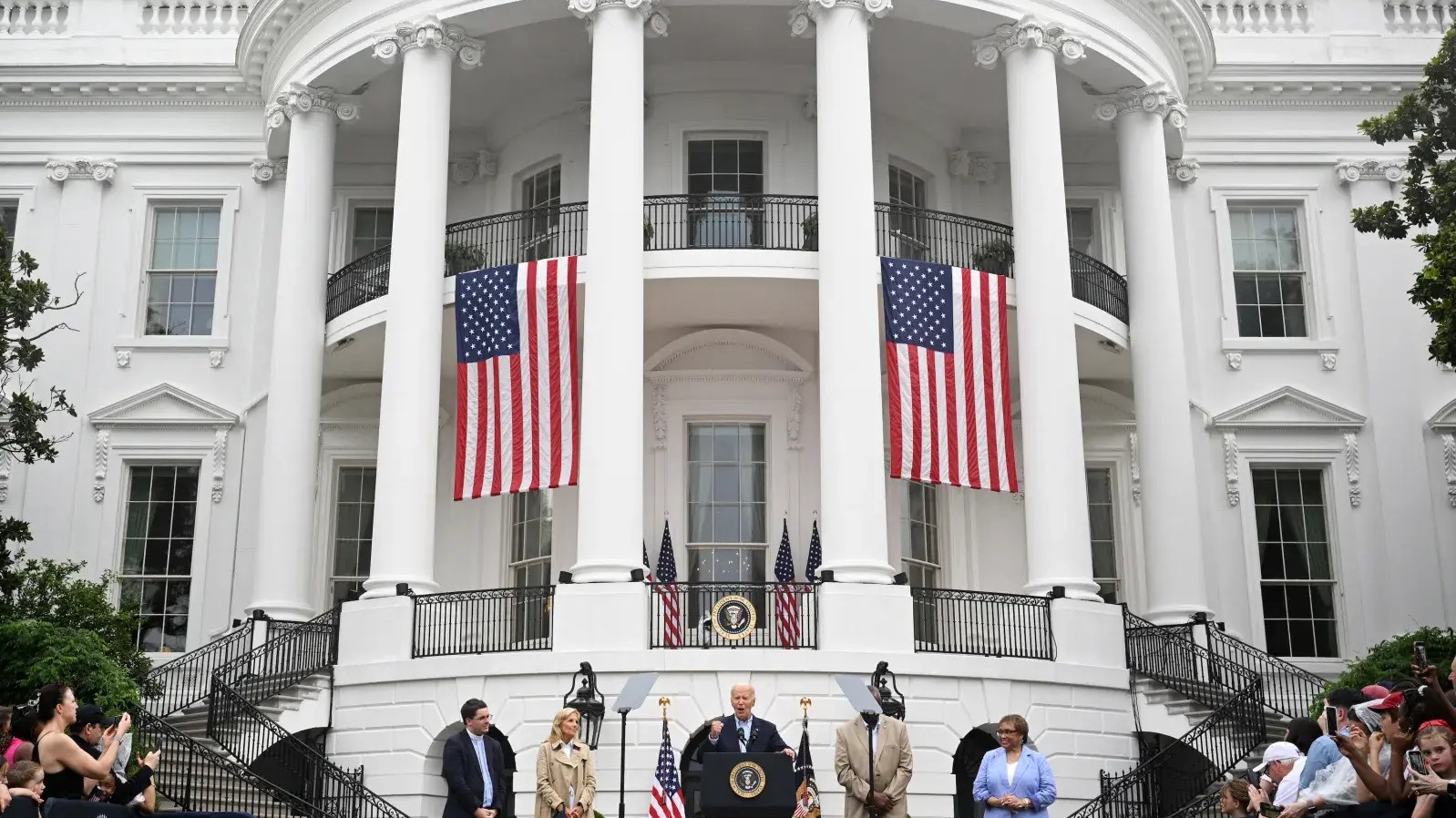An In Depth Analysis of Project 2025 and its Role as a Blueprint for Wielding the Government Shutdown as a Weapon Against the Federal Bureaucracy
Written byTimes Magazine
Trump's Plan to Target Federal Agencies During Shutdown
The government shutdown began after Congress failed to pass legislation to fund the government. President Trump has framed the shutdown, which he calls a "Democrat forced closure," as an "unprecedented opportunity" to reduce the size and scope of the federal government. His administration, led by Office of Management and Budget (OMB) Director Russell Vought, is using the funding lapse to target departments and programs that do not align with the President's priorities. This strategy contrasts sharply with past shutdowns, which primarily involved temporary employee furloughs.
The administration has indicated that agencies should consider a reduction in force, or permanent layoffs, for programs whose funding would lapse and are not deemed consistent with the President’s agenda. This move has been seen as an effort to reshape the federal workforce and dismantle programs, a goal that aligns with the broader conservative policy blueprint known as Project 2025, with which Vought is associated.
Political Punishment and Funding Freezes
In an immediate, highly publicized move, the Trump administration froze billions of dollars in federal funding earmarked for Democratic led states. Specifically, this included roughly $18 billion for infrastructure projects in New York, such as the Hudson River rail tunnel and the Second Avenue Subway expansion, and $8 billion for green energy projects across 16 Democratic-run states. OMB Director Vought explicitly linked the halt in funding to the rejection of the projects based on what he termed "unconstitutional DEI principles" (Diversity, Equity, and Inclusion).
This targeted action is viewed by critics as a way to inflict political pain on opposition lawmakers and their constituents, using the shutdown as leverage. Democrats have condemned the move as an illegal misuse of the federal budget process to punish political opponents.
The Intensifying Blame Game and Ethical Concerns
The political battle over who is responsible for the shutdown has intensified, with both the White House and several federal agencies actively blaming Democrats. Numerous government agency websites, including the Departments of Housing and Urban Development, Treasury, and Agriculture, displayed partisan messages explicitly faulting Democrats or the "Radical Left" for the lapse in funding. Furthermore, employees at some agencies reported that their automated out-of-office email messages were reset to include language that blamed the shutdown on Democratic Senators blocking a funding resolution.
Ethics watchdogs have raised concerns that this widespread use of official government communication to promote partisan political messaging may violate the Hatch Act, which restricts federal employees from engaging in political activity in their official capacity. The administration has defended the messaging, claiming it relates to policy differences rather than specific elections or candidates. The shutdown thus not only involves a fiscal crisis but also a fight over the nature and impartiality of the federal bureaucracy.
Future Outlook on Cuts and Political Leverage
The President's public embrace of mass cuts and layoffs signifies a strategic shift in handling government shutdowns, transforming them from temporary funding disputes into opportunities for fundamental government restructuring. The threat of permanent job cuts and the freeze on state funding puts significant pressure on Democrats to concede to Republican funding demands to minimize long term damage. As the shutdown continues, the administration is expected to continue its aggressive efforts to downsize and reshape the federal government, making the political stakes of the budget impasse higher than ever.


